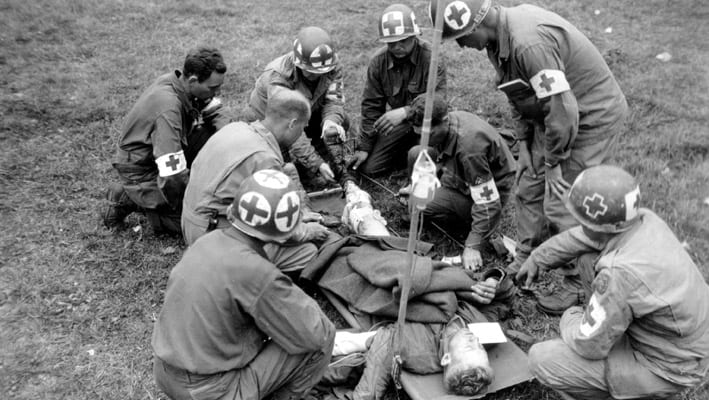People who work in a cold storage are prone to cold stress. What is it? According to OHCOW, cold stress is the response of our body to extremely low temperatures. It may affect our feet, hands, limbs or head. It can harm our body, both physically and mentally.
Common Types of Cold Stress
a. Hypothermia
Hypothermia is a dangerous drop in our body temperature, due to prolonged exposure to extremely low temperatures. Our normal body temperature averages at around 98.6ᵒ. With hypothermia, the temperature drops below 95ᵒ, or even worse, down to as little as 82ᵒ (Source: WebMD). Some medical conditions such as diabetes and thyroid disease may also contribute to the symptoms of hypothermia.
SYMPTOMS:
- Shivering
- Fatigue
- Disorientation
- Dilated pupils
FIRST-AID:
- Move into a warm room/place
- Remove wet clothing
- Wrap the victim in a warm blanket, including head and neck
- Apply CPR (if the victim has no pulse)
b. Frostbite
According to Patient UK, frostbite is an injury caused by exposure or direct contact with materials like ice, cold packs and frozen metal. It can permanently damage body tissues. If ignored, it may further lead to amputation. Frostbite may also occur as a result of the improper clothing being worn inside the cold store.
SYMPTOMS:
- Numbness
- Red skin turning to bluish or white patches
- Blisters
FIRST-AID:
- Move into a warm place
- Make sure the frostbitten body part will not move
- Warm the affected area (note: do not rub or massage)
c. Trench Foot
Trench foot, also known as immersion foot, is due to the extended exposure to wet and cold environments (Source: OSHA). It can occur at a temperature of as low as 60ᵒ. The skin tissue can be damaged due to the lack of oxygen and nutrients.
SYMPTOMS:
- Leg cramps
- Redness of the skin
- Swelling and numbness
- Blisters
FIRST-AID
- Remove any footwear
- Dry and warm the feet
- Avoid moving the infected foot
d. Chilblains
Mild tissue damage due to blood vessel shut down in cold and humid conditions (Source: DermNet), chilblains usually occur several hours after exposure to cold temperatures. Severe chilblains may result in bone fractures.
SYMPTOMS:
- Redness
- Itching
- Inflammation
- Skin discoloration
- Blisters
FIRST-AID
- Avoid scratching
- Warm the skin
- Apply corticosteroid creams on the affected area
*Note: In case of emergency, call 999 for assistance.
Cold stress can happen to anyone who is exposed to extremely cold conditions and poorly insulated facilities.
For excellent cold room facilities, with second to none customer support, please call 01564 702 269 and ask a 1Cold representative for further assistance.




